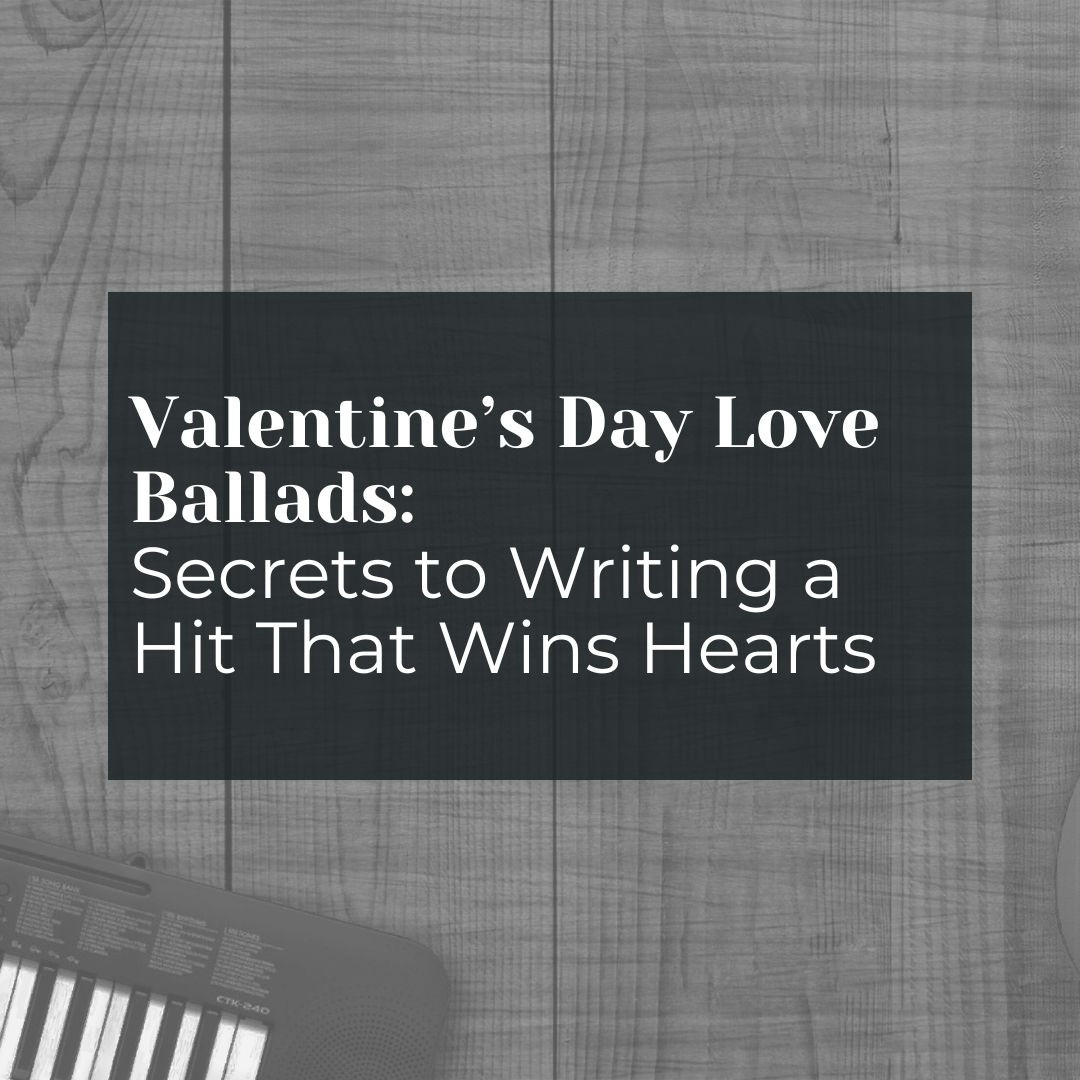
Valentine’s Day has a special kind of magic that makes the world feel a bit more romantic than usual. Chocolate boxes line store shelves, roses seem to pop up on every corner, and suddenly, love ballads rule the airwaves. For musicians and songwriters, this holiday is a prime opportunity to share heartfelt music that resonates deeply. If you’ve ever dreamt of creating a Valentine’s Day anthem that captures pure emotion, you’re in the right place. This guide offers insights on writing love songs that not only speak to the heart but also stand out in a crowded playlist. Let’s explore the art of crafting a memorable ballad that draws listeners in and keeps them pressing “repeat.”
1. Why Valentine’s Day Love Ballads Matter
Valentine’s Day isn’t just about candy hearts and candlelit dinners. It’s a cultural moment that encourages people to express affection in creative ways. Music plays a significant role in setting the tone for romance. When audiences seek that perfect soundtrack for a cozy night in or a heartfelt confession, they look for songs that speak their language of love. By writing love songs tailored for this day, you position yourself to meet that demand. Plus, when a track becomes the backdrop to someone’s cherished Valentine’s memory, it can gain timeless value.
Romantic tunes often evoke powerful emotions. Whether it’s the butterflies of a new crush or the bittersweet memories of a past love, these feelings keep listeners coming back for more. Tying your songwriting to Valentine’s Day can offer a marketing edge too. Listeners actively search for fresh ballads each year, and well-optimized content can help your masterpiece appear front and center in streaming playlists and search results.
2. Understanding the Core Elements of a Love Ballad
Before creating a track that listeners can’t get enough of, it’s wise to examine what makes a love ballad tick. Classic love songs typically blend melody, lyrics, and production in a seamless manner. The melody often leans toward a memorable hook—something listeners can hum or sing along to long after the track ends. This hook becomes the musical anchor, the central motif that ensures the song lingers in people’s minds.
Lyrically, romantic songwriting hinges on authenticity. Listeners crave a personal connection to the emotion behind the words. Whether it’s tender devotion or longing heartbreak, the language of love must feel sincere. Production also matters. Even a minimal arrangement—such as a soft acoustic guitar with gentle vocal harmonies—can create a profound impact if it conveys the perfect tone. The key is balance: no single element should overshadow the others, ensuring a cohesive, soulful experience.
3. Choosing Your Theme: From First Crush to Everlasting Devotion
When writing love songs, consider the many facets of affection. Love isn’t always about that blissful, head-over-heels phase. Sometimes it’s about yearning for someone who doesn’t even know you exist. Other times, it’s about looking back at a long relationship and cherishing the little moments shared over decades. Selecting a specific theme early on helps shape your lyrical and musical direction.
First-crush ballads often have an air of excitement and innocence. Lyrics might highlight nervous energy, shaky hands, or that racing heartbeat when the phone buzzes. Meanwhile, enduring love stories lean on trust, shared history, and deep companionship. Some Valentine’s Day favorites even focus on longing and heartbreak, resonating with listeners who find themselves alone on a day traditionally reserved for couples. Remember that sincerity wins. If you choose a theme you truly relate to, the honesty will shine through and connect with your audience.
4. Crafting Compelling Lyrics That Tug at Heartstrings
Words can be the difference between a pleasant tune and a show-stopping ballad. The most memorable love songs use vivid imagery to paint pictures in the listener’s mind. Instead of saying “I love you so much,” consider a descriptive approach: “My pulse skips two beats whenever your smile lights the room.” This style invites the listener into a specific moment, making it more personal and unique.
Another important aspect is storytelling. A verse that narrates a sweet memory, such as a midnight conversation in a parked car, can hook your audience by letting them relive that scene with you. The chorus then serves as your grand statement—the universal truth or emotional high point that listeners can belt out in their own cars. Pay attention to rhyme and rhythm, but never force them at the expense of meaning. Authenticity is your best friend when it comes to writing love songs that truly resonate.
5. Structuring Your Ballad for Maximum Impact
A standard love ballad often follows a familiar structure: verse, pre-chorus, chorus, verse, pre-chorus, chorus, bridge, final chorus. This layout is popular because it creates a sense of build-up, climax, and resolution. However, don’t feel locked into one approach. Some of the most iconic Valentine’s Day tunes break tradition, yet still capture hearts by ensuring each section serves a purpose.
The verse lays the groundwork for your story or emotion. The pre-chorus can add tension or anticipation, leading listeners straight into the big reveal: your chorus. The chorus is where your main melody and central emotion thrive. It should feel like a release—a moment that’s easy to sing along to, even for first-time listeners. Then there’s the bridge, which can offer a fresh perspective or emotional twist, keeping the track from sounding repetitive. Concluding with a final chorus gives your audience a chance to savor that heartfelt sentiment one last time.
6. Finding Chord Progressions That Enhance Emotion
Although lyrics deliver the narrative, chord progressions set the emotional undercurrent. Love ballads often use progressions like I-V-vi-IV (in Roman numeral notation) because they evoke a warm, comforting tone. Another staple is ii-V-I for that subtle hint of jazziness and resolution. That said, you’re not limited to these. Experiment until you land on a progression that suits “the perfect tone” of your theme.
Minor chords can bring a sense of melancholy or longing, while major chords usually sound uplifting. Using a blend of major and minor chords can add emotional depth. For instance, a verse that starts in a minor key can signal introspection or vulnerability, while a shift to a major key in the chorus can offer an uplifting release of hope or longing. This contrast keeps listeners emotionally engaged, mirroring the ups and downs of love.
7. Shaping the Melody and Vocal Delivery
Vocal melodies in love ballads often climb to higher pitches during the chorus, reflecting an emotional climax. This dynamic shift can make the chorus feel bigger and more powerful. Experiment with intervals, leaps, and runs that challenge the voice just enough to highlight the sentiment without making it sound forced.
The vocal delivery is crucial. Audiences can sense genuine emotion in a singer’s voice. Consider the difference between a softly whispered confession in the verses and a soaring belt in the chorus. That dynamic interplay can emphasize the lyrics’ message. If you’re working with a featured vocalist, collaborate closely to ensure the melody fits their range and style. The more natural it feels for the singer, the more authentic it will sound to the listener.
8. Adding Unique Elements for a Modern Twist
Classic Valentine’s Day ballads can sound timeless, but standing out in a sea of love songs calls for a signature twist. Maybe it’s an unexpected instrument choice, like a subtle electronic beat under a piano-driven track. Or it could be a rhythmic pattern that borrows from different genres, such as R&B or Latin music, while still maintaining a romantic core. Listeners love a fresh take on something familiar.
Lyrics can benefit from this modern twist, too. While traditional love ballads might lean on poetic language, incorporating contemporary references or slang can make your track more relatable to today’s audience. Just be careful not to overdo it, as too many trendy phrases might date your song. Balance is key. You want a track that feels current but remains meaningful for years to come.
9. Achieving the Right Production Style
Production can make or break a love ballad. Even the most beautifully written song can fall flat if the production doesn’t do it justice. Start by identifying the mood you want. If you’re aiming for a soft, intimate feel, consider gentle acoustic instruments and minimal percussion. Alternatively, a grand, cinematic vibe might call for lush string arrangements and powerful drum accents.
Balance each layer thoughtfully. A well-placed cello line can add warmth, but stacking too many instruments can clutter the emotional message. Use reverb and other effects sparingly to create a sense of space without overshadowing the vocals. The goal is to enhance your lyrics and melody, not compete with them. In the end, your track should feel cohesive, delivering “the perfect tone” from start to finish.
10. Collaborating with the Right People
Love ballads often benefit from collaboration, whether it’s a co-writer who excels at melody or a producer who intuitively understands how to spotlight the emotion in your song. Working with others can expand your creative horizons and introduce elements you might not have considered. This approach can keep your ideas fresh and push you beyond your comfort zone—always a bonus when writing love songs that need to stand out.
Seek collaborators who are as passionate about the project as you are. A shared vision fosters chemistry in the studio (or over online sessions) and translates into the final product. Make communication a priority by clarifying expectations and artistic direction early on. Once the song is complete, celebrate the joint effort. Every collaborator will want to support the release because they had a stake in its success.
11. Polishing Your Song with Mixing and Mastering
You’ve written heartfelt lyrics, nailed a captivating melody, and locked in your arrangement. Now it’s time to polish the track to professional standards. Mixing is where each element finds its place in the sonic landscape. Vocals should sit front and center, ensuring every word of your emotional story is heard clearly. Instruments need space to shine without overpowering the star of the show—your message of love.
Mastering comes next, adding that final touch of sparkle and consistency across all playback systems. A well-mastered ballad will sound just as dreamy on a pair of cheap earbuds as it does on high-end studio monitors. If you’re not familiar with the mixing and mastering process, consider hiring a professional who understands your genre. This final stage can differentiate a demo from a radio-ready track.
12. Strategizing Your Release and Promotion
Writing love songs for Valentine’s Day means timing is everything. Plan your release to align with the season of love, allowing enough lead time for any promotional activities. Once you have a release date in mind, ramp up excitement through social media teasers and behind-the-scenes previews. Show glimpses of your creative process, from studio sessions to lyric scribbles, to build anticipation and establish a connection with your audience.
Leverage streaming services by pitching your song to curated Valentine’s Day playlists. Reach out to music blogs and publications that specialize in romantic or holiday-themed content. You can even collaborate with influencers who share stories about love and relationships, offering your new track as a soundtrack for their posts. The more visibility your ballad gets, the higher the chance of it becoming someone’s go-to Valentine’s Day jam.
13. Engaging Your Audience with Authenticity
Modern listeners crave authenticity. They want to feel that the person behind the microphone is real. Use social media to start conversations about love and relationships. Ask your followers to share their favorite love lyrics or the story behind their most cherished romantic memory. This level of engagement makes your audience feel invested in your music. When you drop that Valentine’s Day ballad, they’ll already be emotionally connected.
Live performances—whether in person or via livestream—can also boost your rapport with fans. A stripped-down acoustic set featuring your latest ballad creates an intimate vibe. Encourage listeners to dedicate the song to someone special, adding an interactive element that deepens their connection to your music. Over time, these experiences can build a loyal fan base that eagerly awaits your next romantic release.
14. Common Mistakes That Undermine a Great Love Ballad
Even the most creative efforts can stumble into pitfalls. Here are a few common oversights:
- Cliché Overload: Overusing phrases like “I can’t live without you” or “my heart beats only for you” can dilute the impact. Aim for fresh, authentic lines that capture your unique perspective.
- One-Dimensional Storytelling: A love ballad should have at least one twist or surprising detail. It’s the unexpected line or nuance that makes listeners take notice.
- Excessive Melodrama: While high emotion is vital, too much can feel forced. Find the sweet spot between passion and authenticity.
- Unpolished Production: A rushed or muddy mix can overshadow even the most heartfelt lyrics. Polish your track to ensure it shines in any setting.
15. Lasting Motivation for Your Valentine’s Day Masterpiece
Writing love songs is a chance to share something deeply personal. Valentine’s Day amplifies that sentiment, making listeners more receptive to your message. Embrace the warmth of this holiday by trusting your instincts and letting genuine emotion guide your pen (or keyboard). Whether you’re expressing tender hope, fiery passion, or the bittersweet twinge of heartbreak, remember that sincerity resonates most.
You have a unique voice—one that deserves to be heard. Keep chasing that sound that sets your own heart on fire, and rest assured that someone out there needs the very song you’re crafting right now. Each new creation is an opportunity to touch lives and bring people closer. So keep that momentum, nurture your creativity, and remember that the songs you write can become the backdrop for countless Valentine’s moments.
In the end, a love ballad’s true power lies in its capacity to connect. If you believe in your melody, your story, and your heart’s message, listeners will believe it too. Keep going, keep refining, and keep reaching for that timeless track that leaves them with goosebumps. You’ve got this!

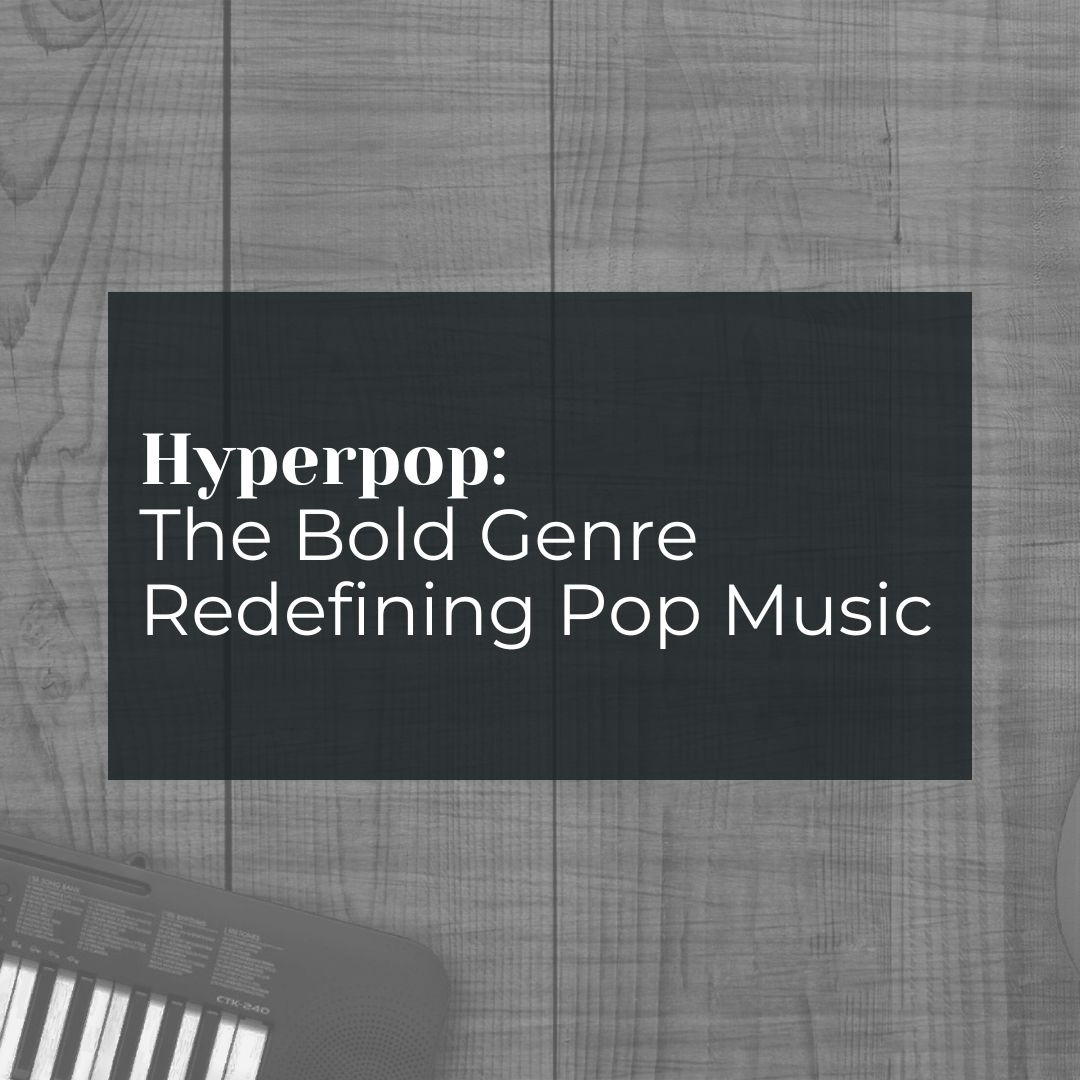



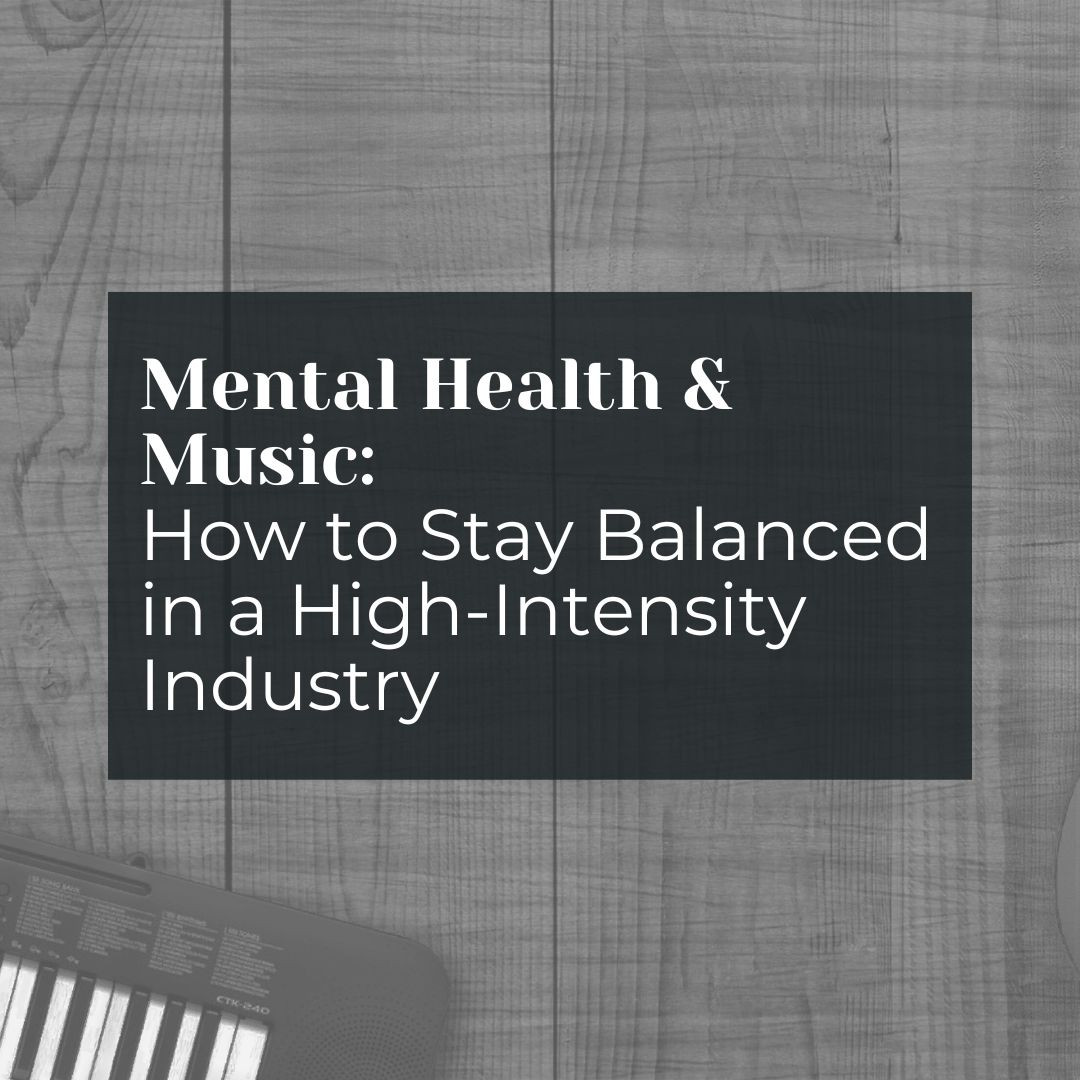



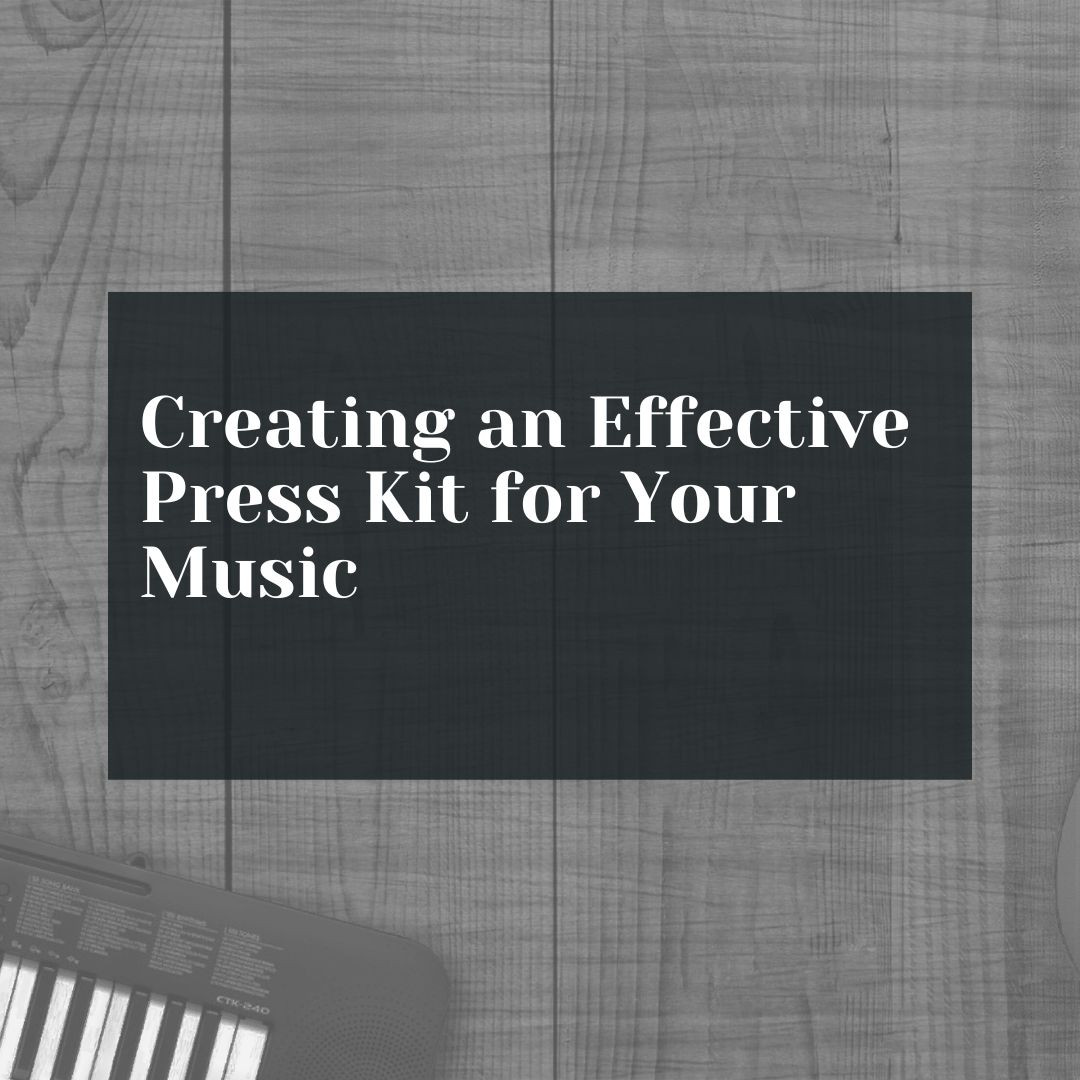
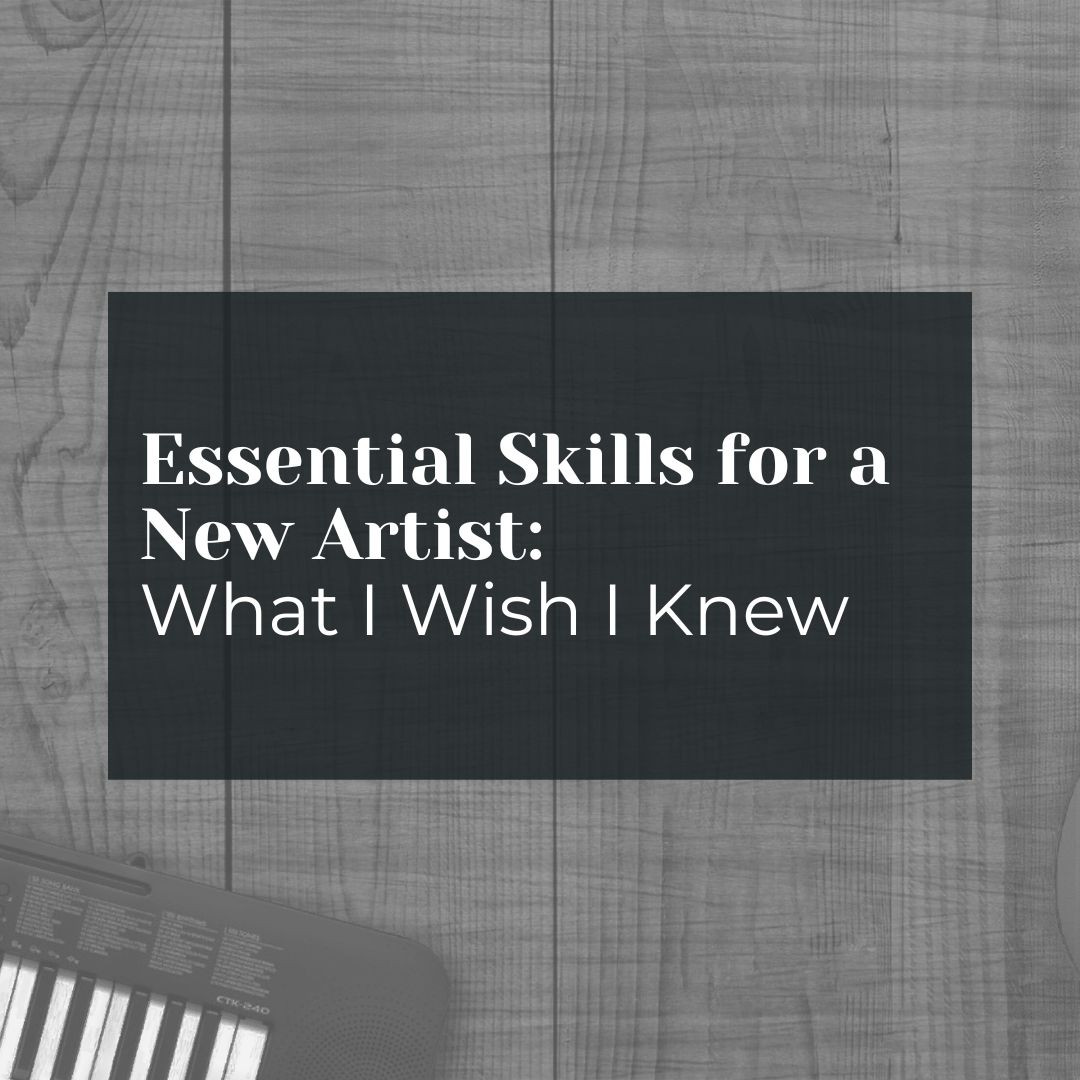
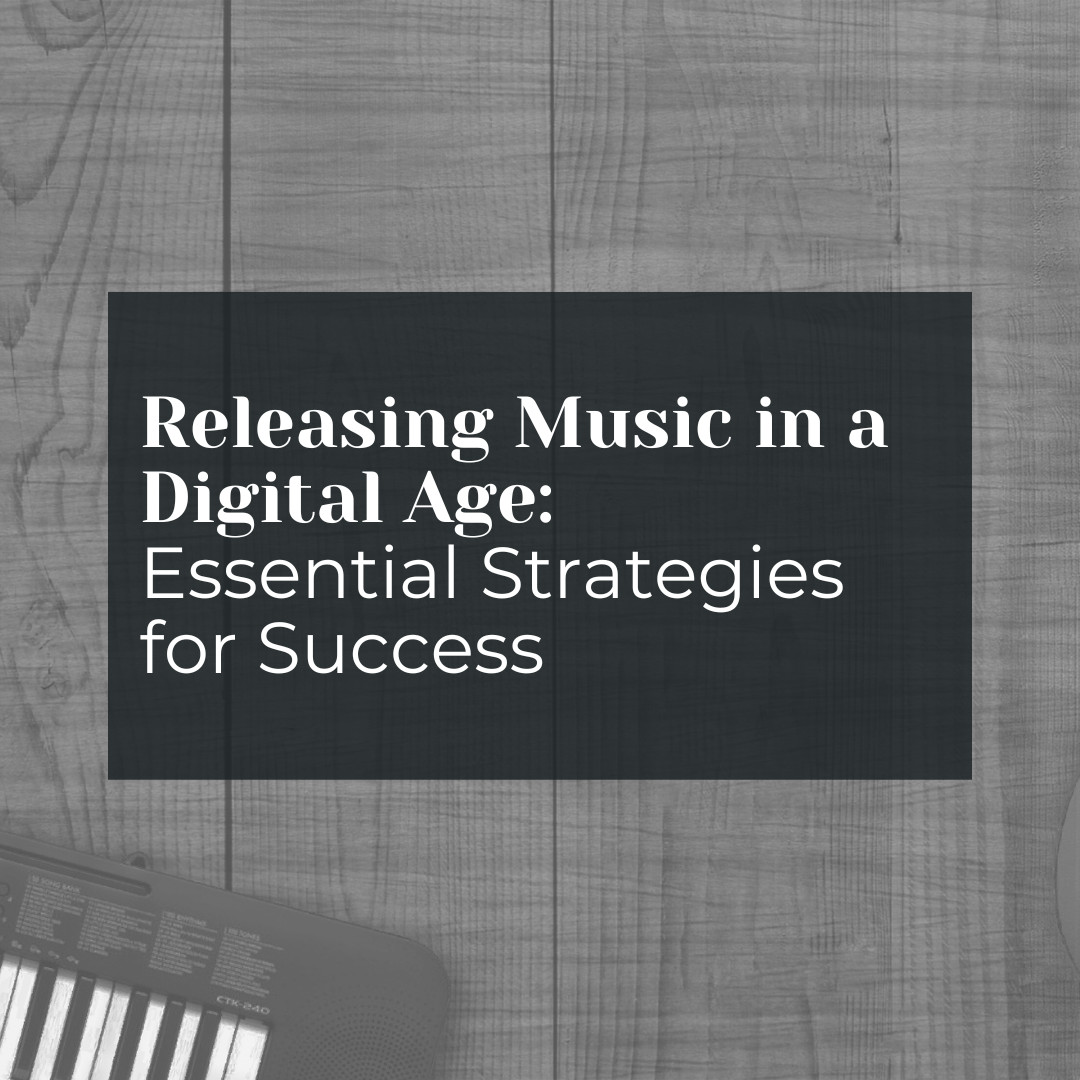

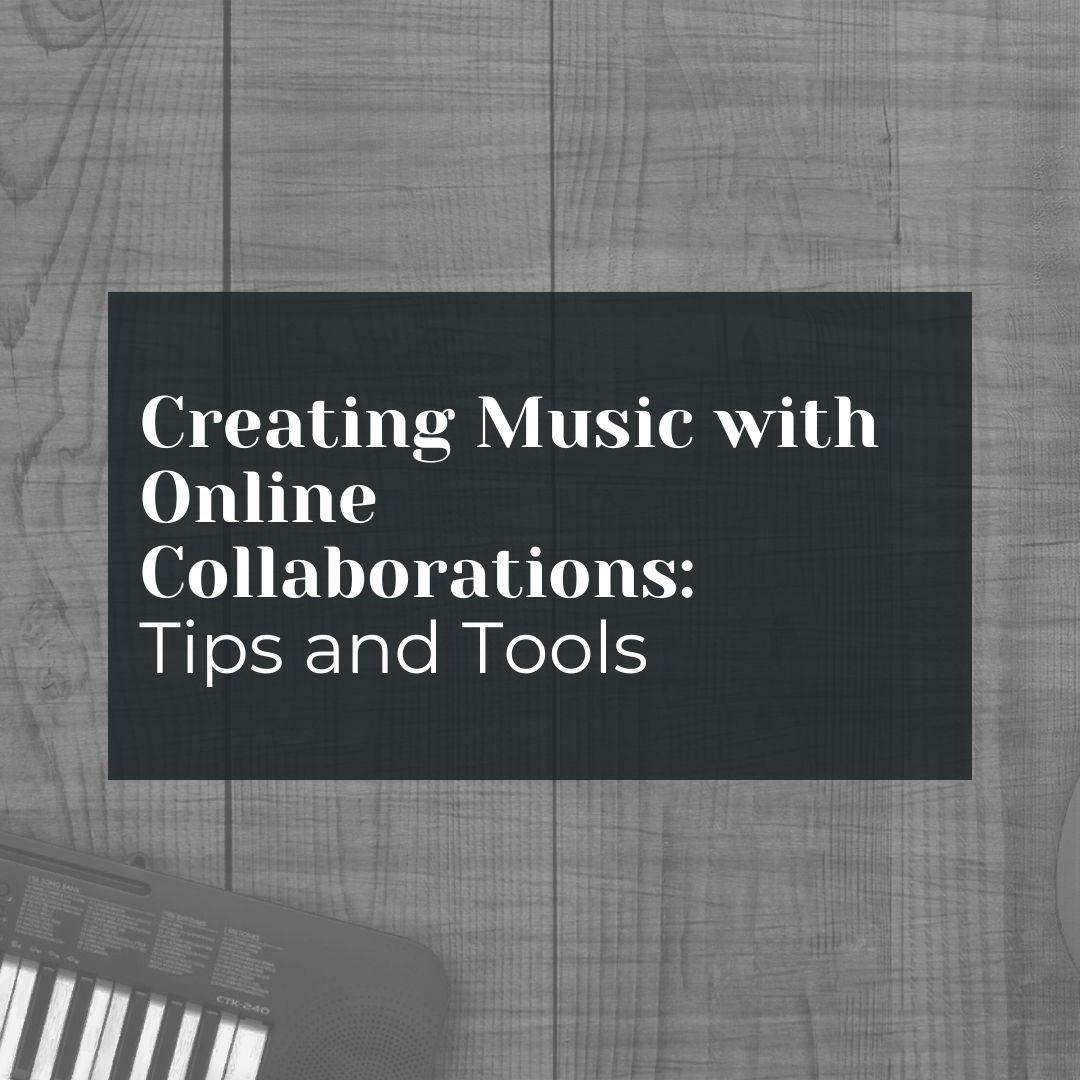




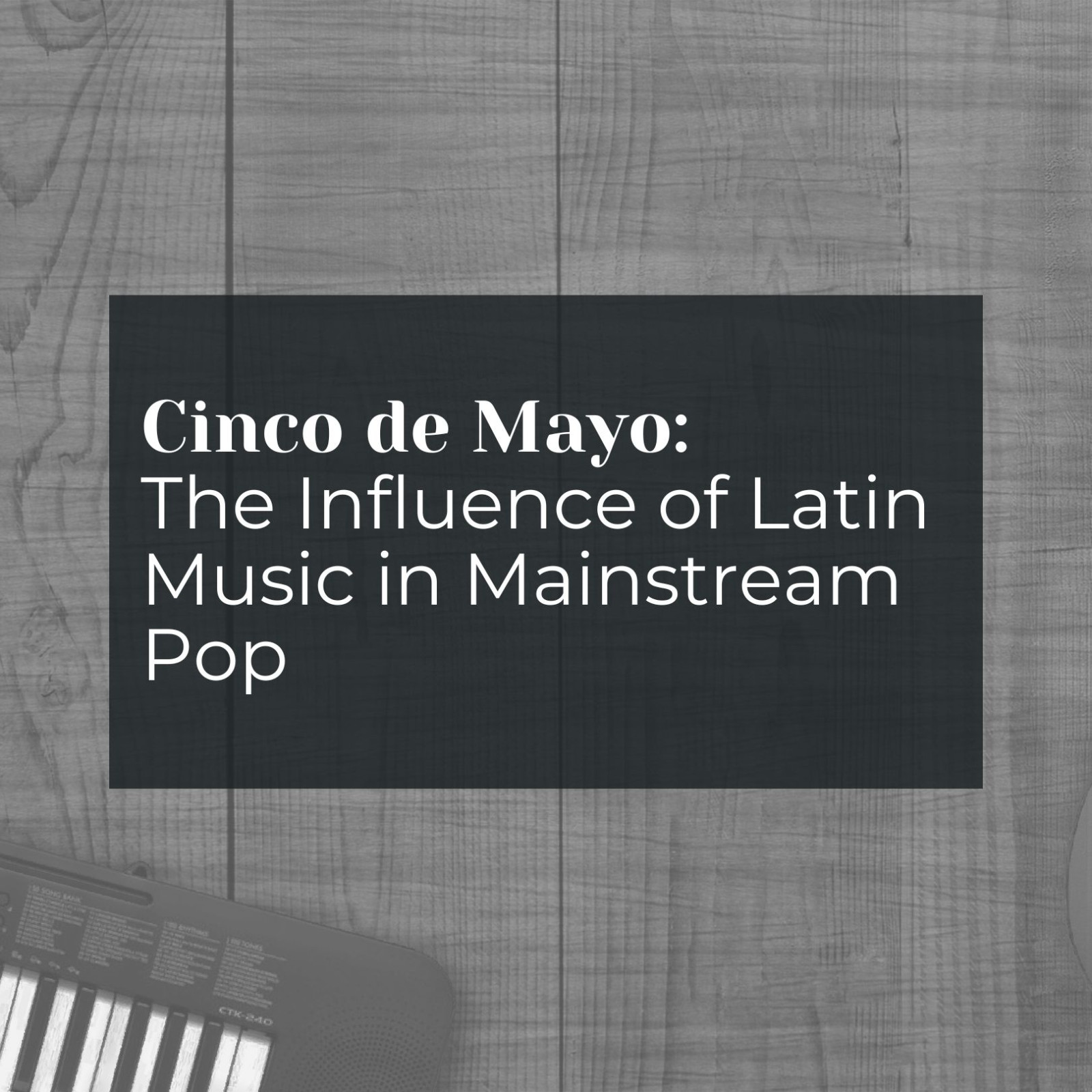
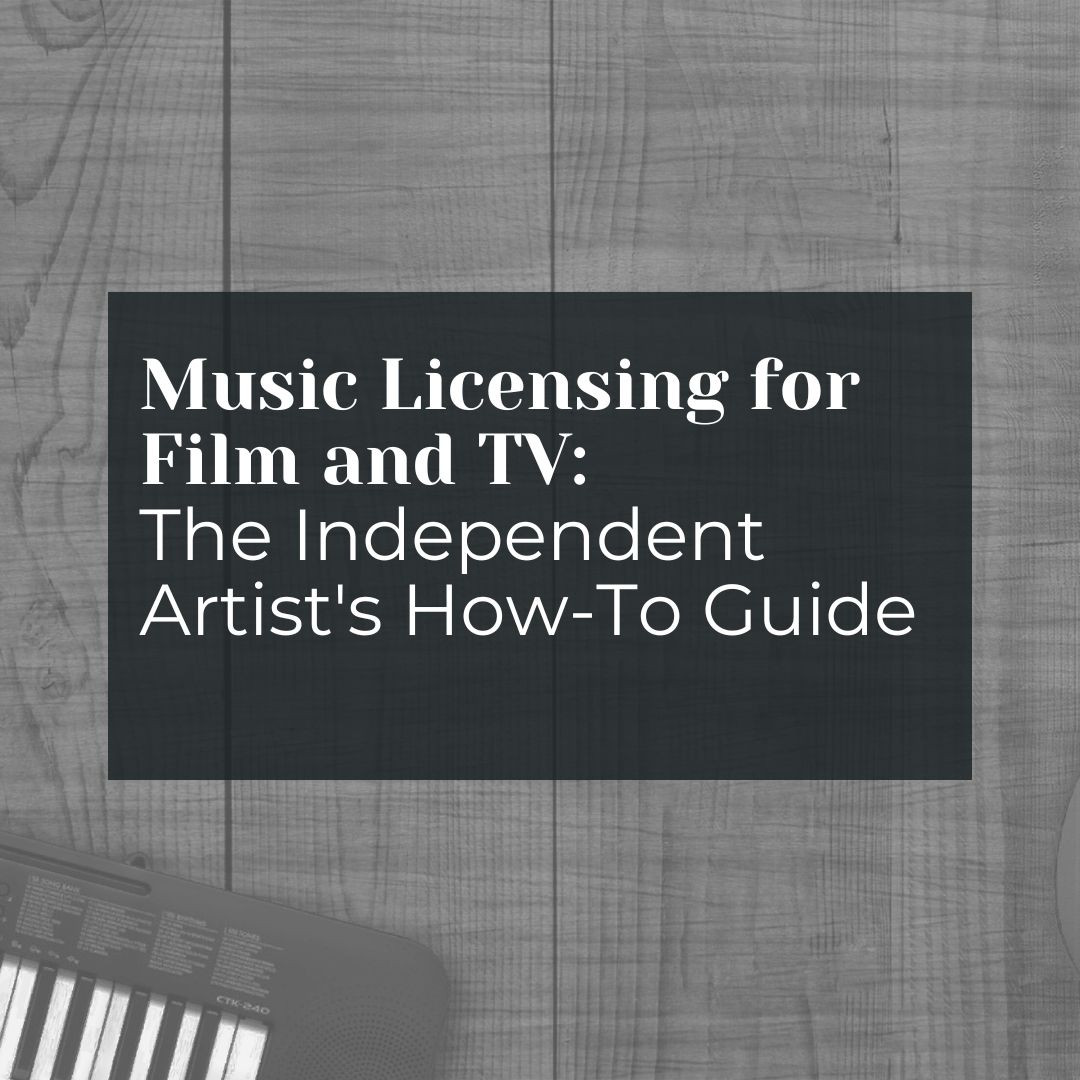


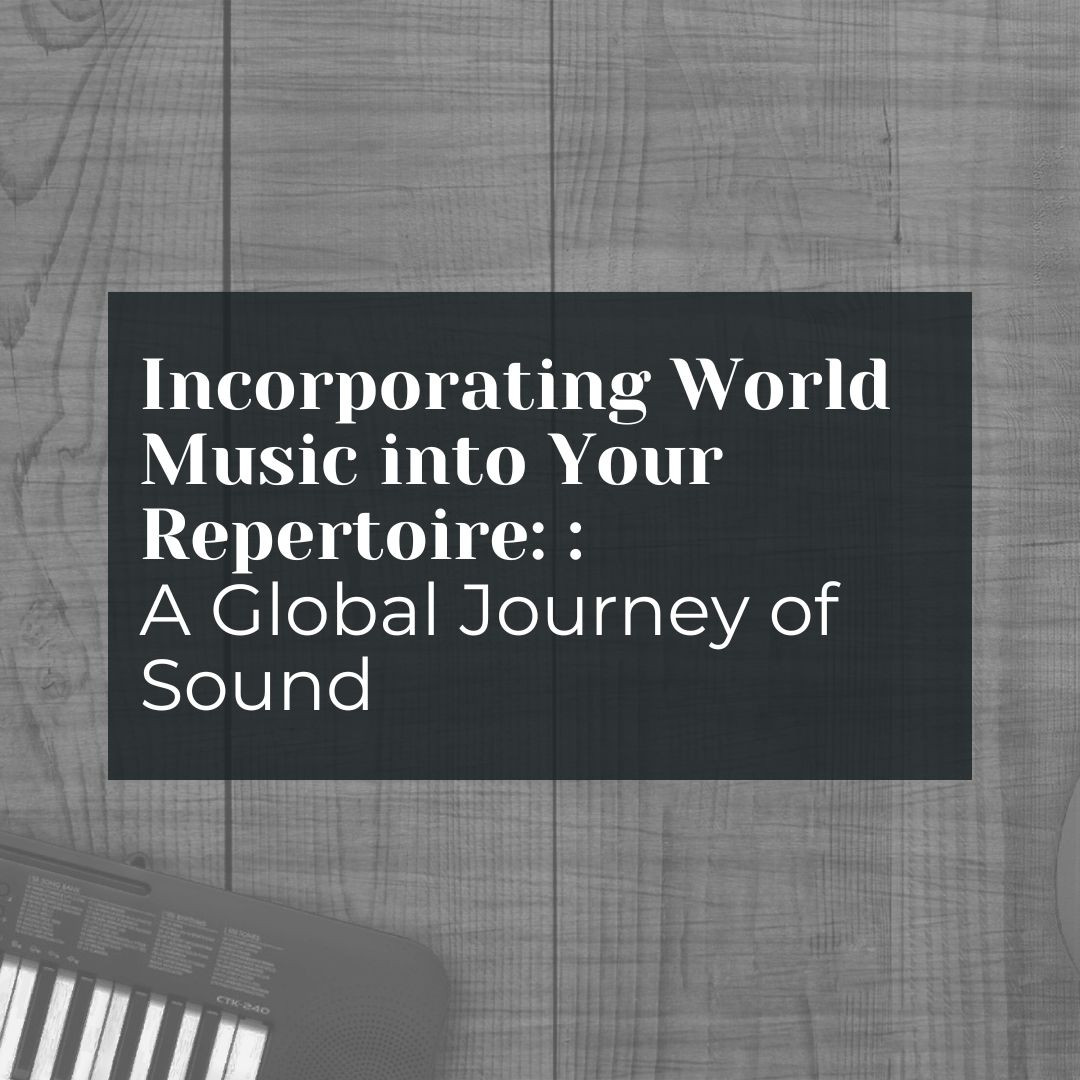

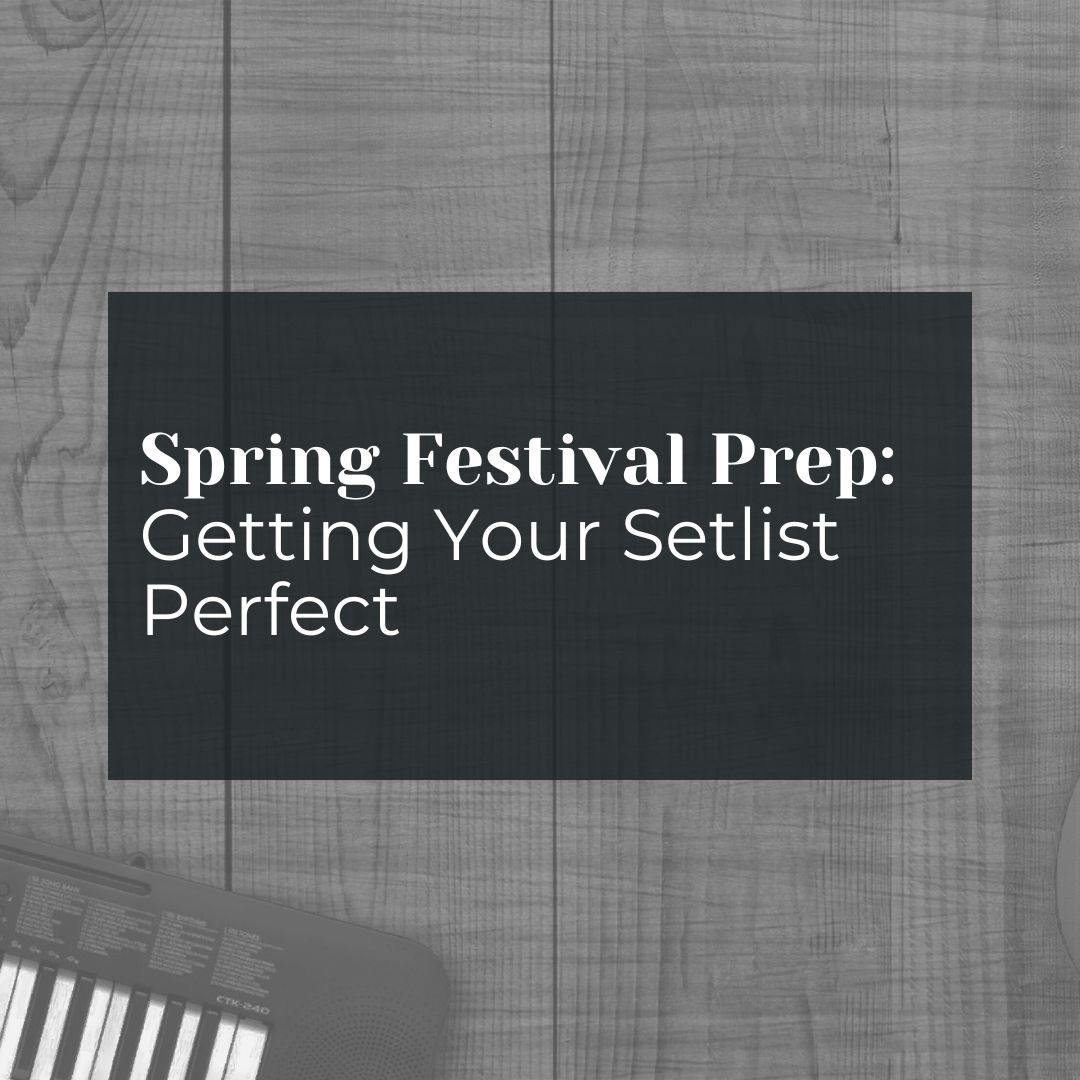
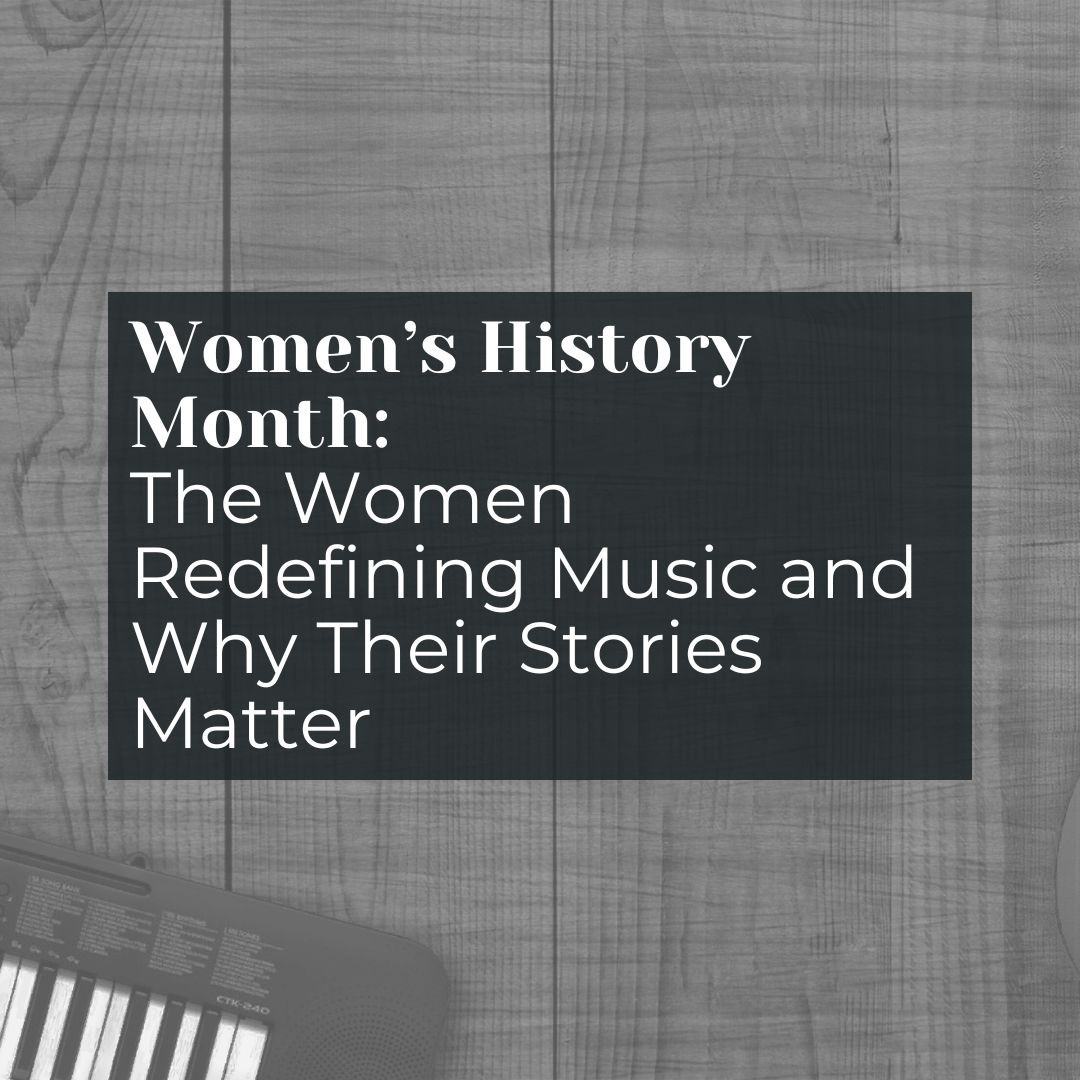
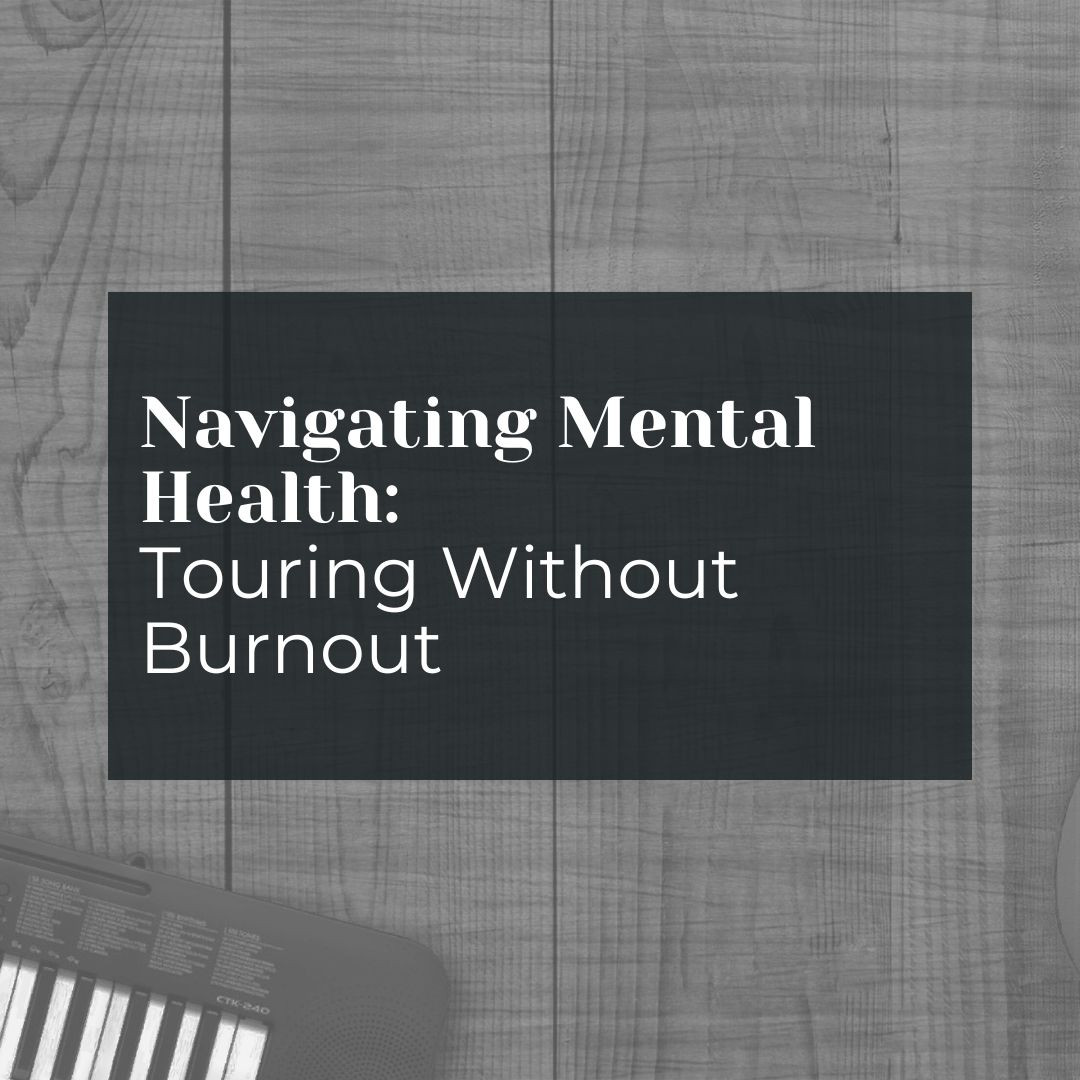
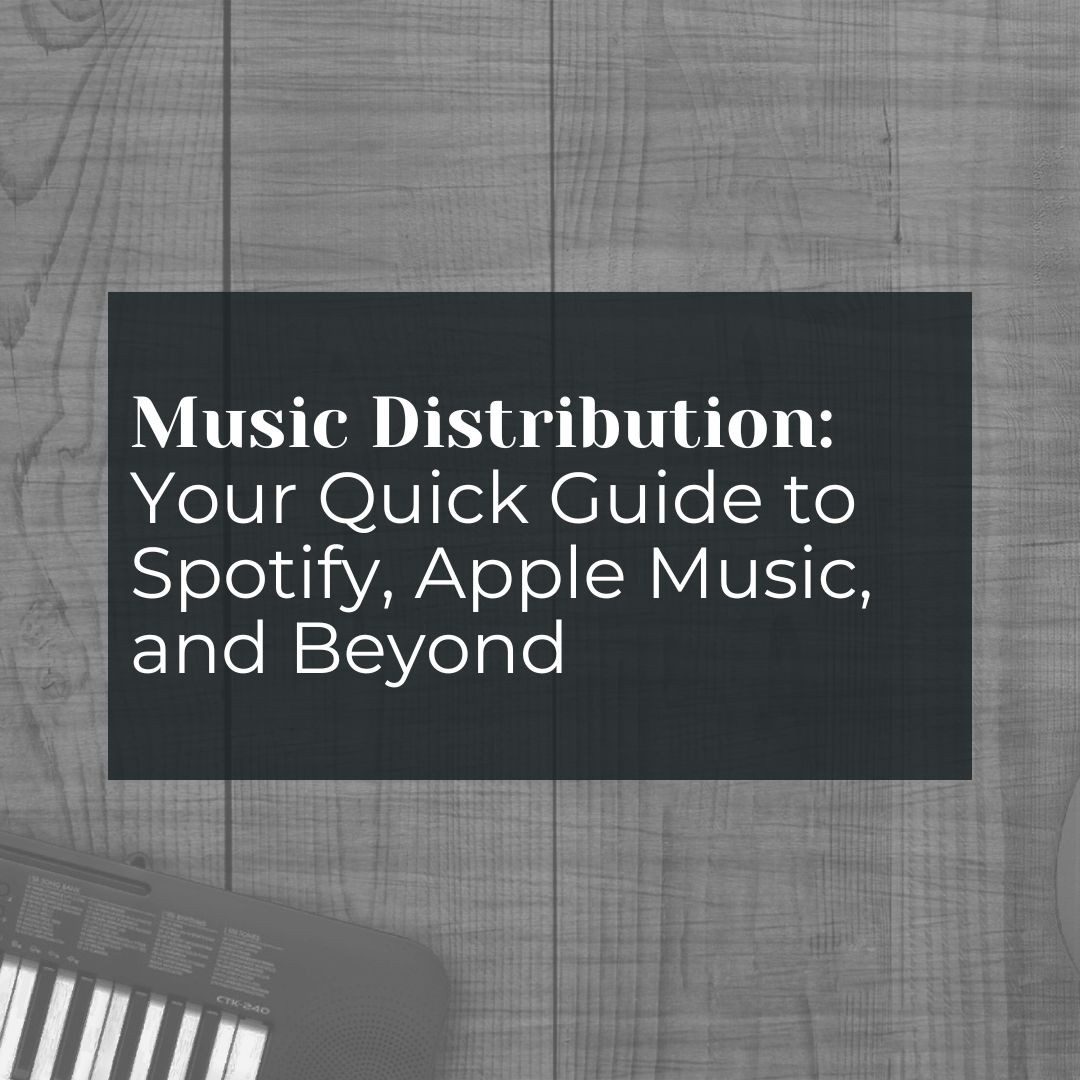


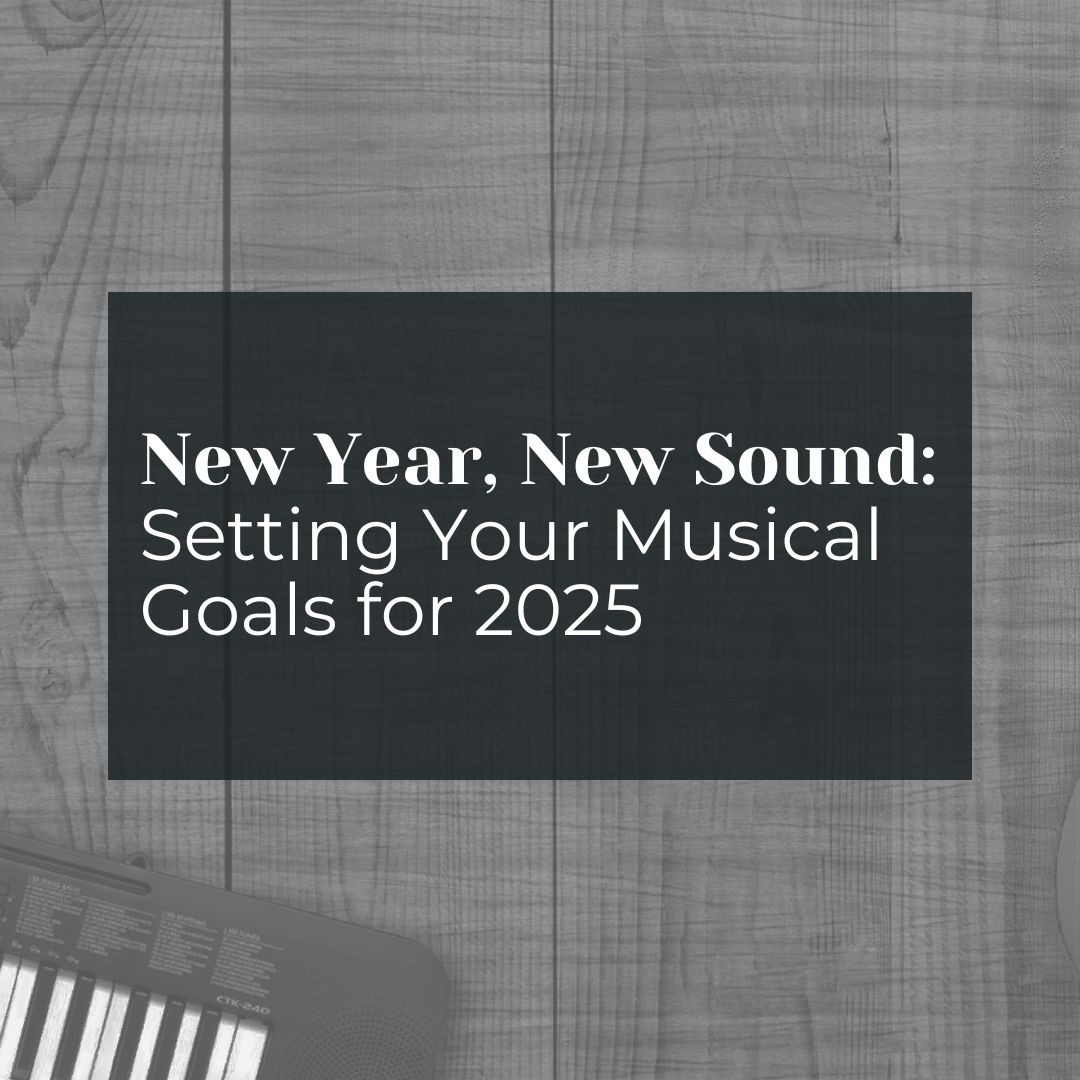
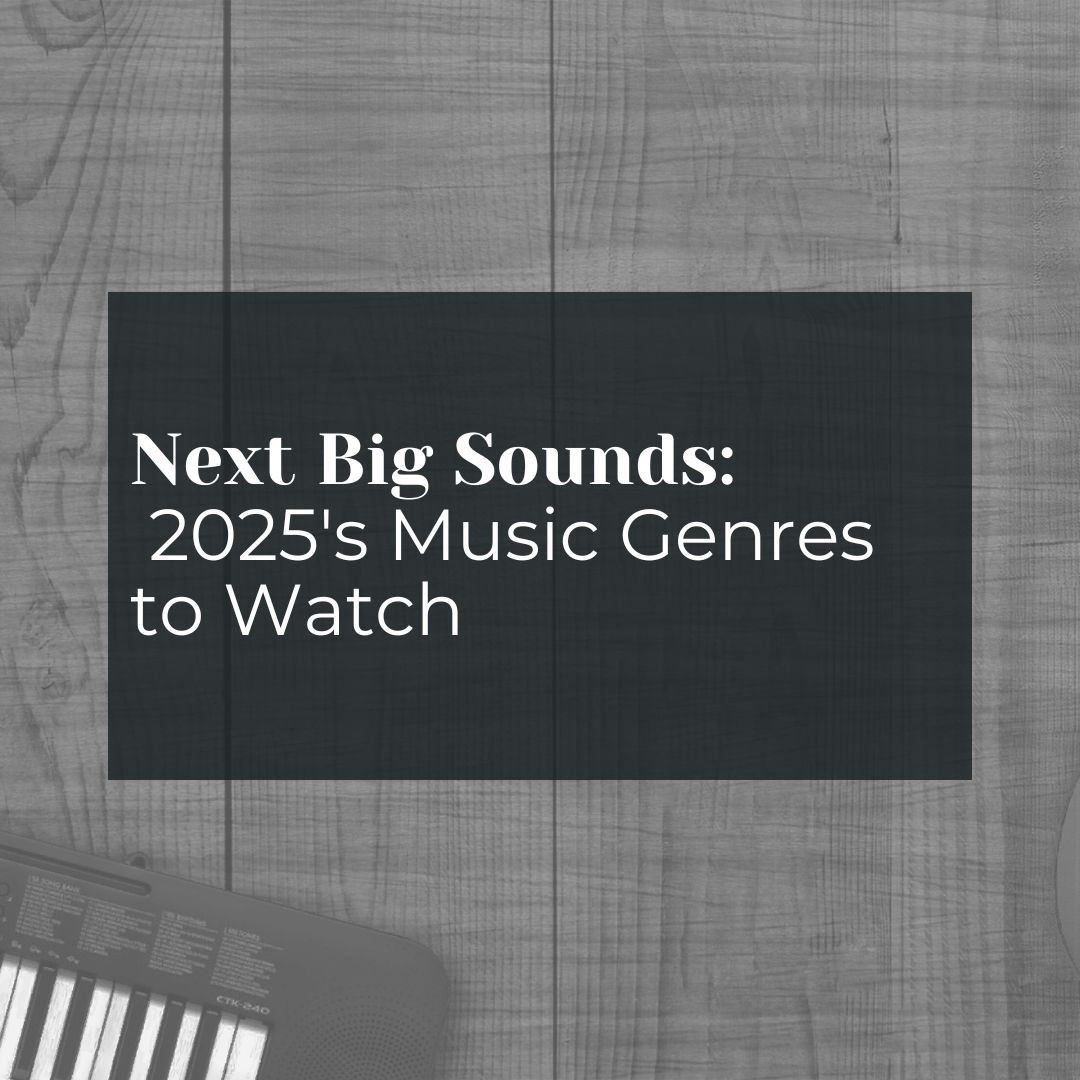


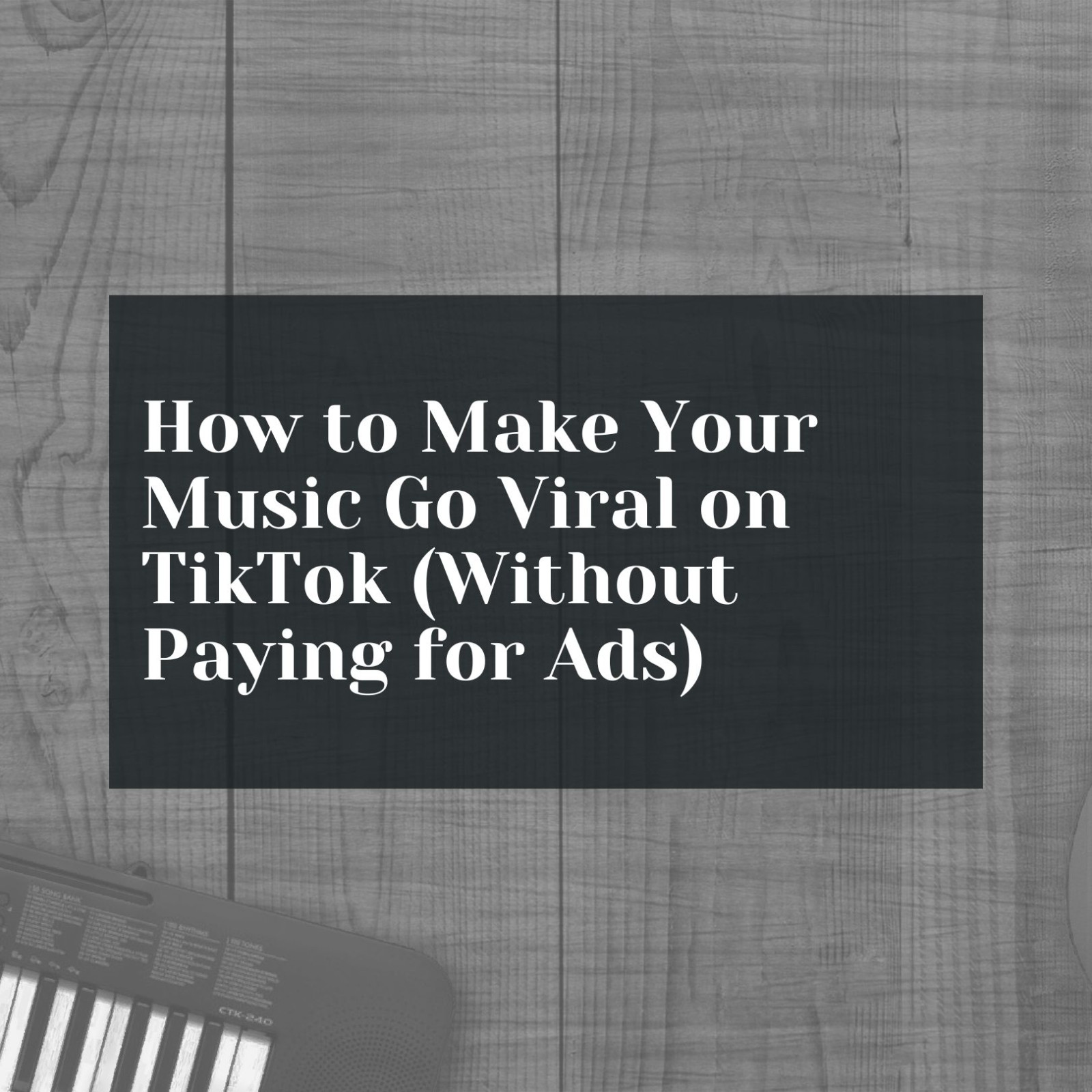

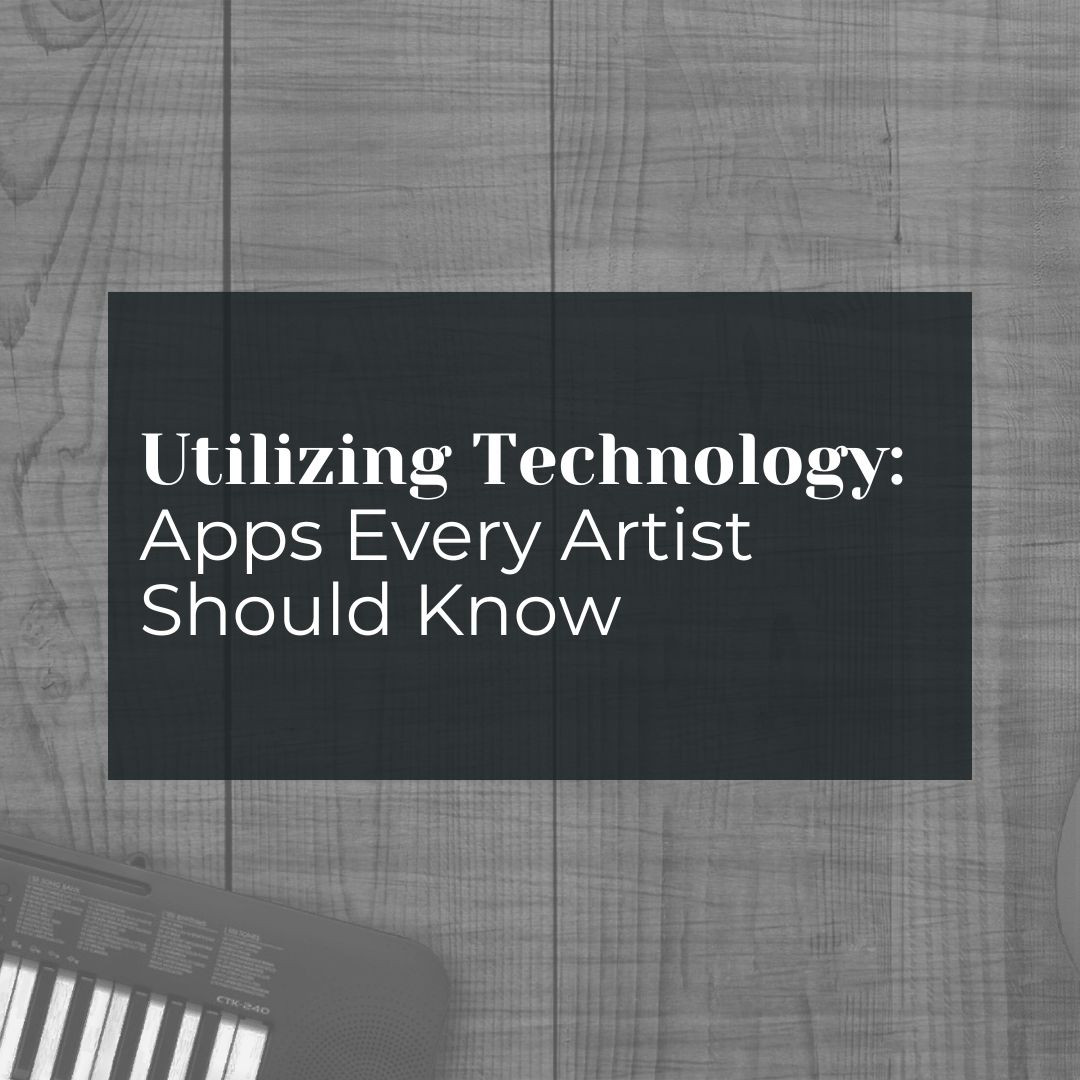

0 Comments